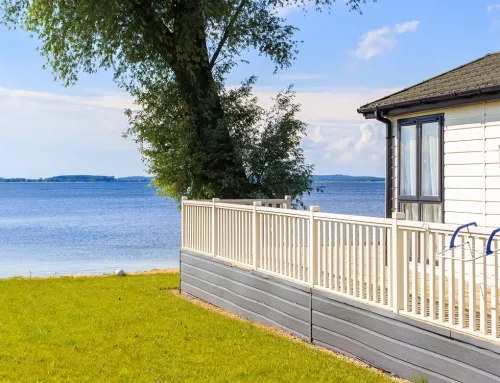Buying your first home is an unforgettable experience. There’s nothing like the thrill of hearing that settlement has gone smoothly and that you own your very own home.
If you’re an aspiring homeowner who is struggling to save a deposit, there may be other options to get you over the line sooner. A guarantor loan is one of them.
A guarantor loan is where a relative, usually a parent, uses the equity in their property as additional security for your property purchase. This is a fairly common strategy to help first home buyers enter the market.
According to research by Digital Finance Analytics, the percentage of first homebuyers seeking help from parents jumped from 3% in 2010 to now 59%, with the average loan for a deposit increasing from $23,000 to $107,000.
Here’s what you need to know about guarantor loans before diving in.
Why consider a guarantor loan?
To buy a property, you usually need a 20% deposit (if you want to avoid Lenders Mortgage Insurance). For many people, saving a deposit of that size can be difficult and take years, particularly with today’s cost-of-living pressures.
A guarantor loan offers an alternative way to get into the property market. Sometimes, a guarantor can mean being able to purchase a home with no deposit at all.
Having a guarantor can also help you avoid paying Lenders’ Mortgage Insurance (LMI) mentioned above. LMI usually applies if you borrow more than 80% of your home’s value. It’s to cover the lender against the risk of you defaulting on the loan.
Who can be a guarantor?
Typically, a guarantor is a close relative like a parent, grandparent or sibling who is willing to offer up their own home equity in addition to your cash deposit.
If you’re unsure what equity is, it’s the difference between their property’s value and how much they (still) owe on it.
How does a guarantor loan work?
The guarantor doesn’t actually have to hand over any money at settlement. They simply agree to offer part of their property’s equity as security.
Here’s how a guarantor loan may work:
Say you wish to buy a $600,000 property and you have a 10% deposit saved of $60,000. To buy the property, you need a deposit of 20%, so $120,000, otherwise, you’ll have to pay LMI.
Your parents offer $60,000 of their home equity as extra security for your home loan. They don’t have to make any payments at settlement, but if you default on your mortgage repayments down the track, the guarantor may be liable.
Once you’ve built up equity in your home – either by paying down the mortgage or if the value of the property increases – your guarantor can be released from the loan (fees may apply).
Risks to consider
Before diving into a guarantor loan, it’s important to consider the risks involved.
As mentioned, if you’re unable to make the repayments, your guarantor will be financially liable. Some of the guarantor’s equity will also be tied up in your property, which may affect their ability to sell or refinance.
There’s also the impact of mixing family and finances to consider.
It’s a good idea to seek legal and financial advice before entering into a guarantor home loan. We can help connect you with lawyers who are experienced in this area.
Like to explore your finance options?
If you’re hoping to buy a property and you don’t have a 20% deposit saved, a guarantor home loan may be worth investigating.
Get in touch today and we’ll run through the pros and cons of a guarantor loan and the different lender requirements.
Call Hayley on 03 4418 3444 or schedule an appointment with us. Proactive Finance Group – mortgage brokers you can trust.





